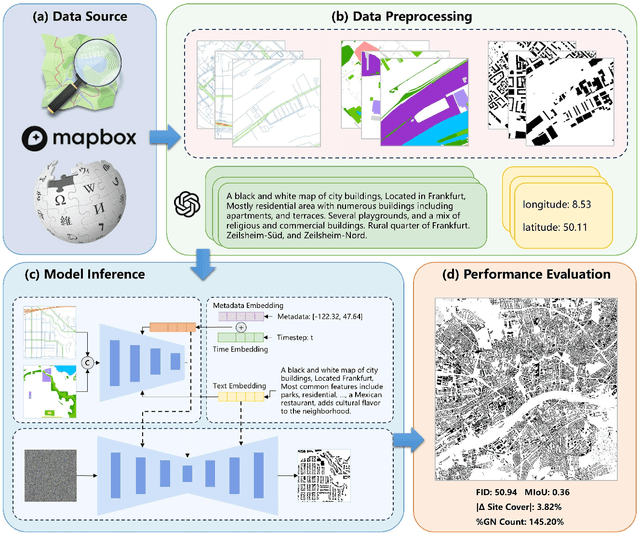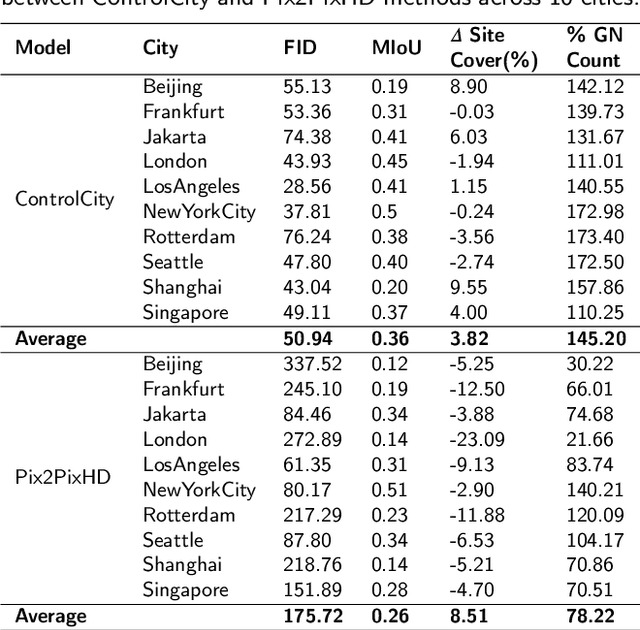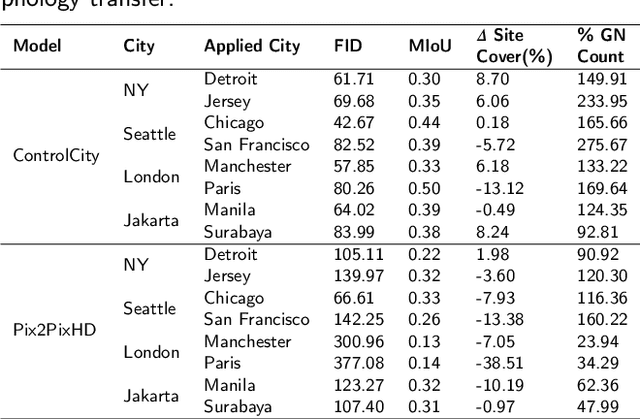Liuchang Xu
ShapefileGPT: A Multi-Agent Large Language Model Framework for Automated Shapefile Processing
Oct 16, 2024Abstract:Vector data is one of the two core data structures in geographic information science (GIS), essential for accurately storing and representing geospatial information. Shapefile, the most widely used vector data format, has become the industry standard supported by all major geographic information systems. However, processing this data typically requires specialized GIS knowledge and skills, creating a barrier for researchers from other fields and impeding interdisciplinary research in spatial data analysis. Moreover, while large language models (LLMs) have made significant advancements in natural language processing and task automation, they still face challenges in handling the complex spatial and topological relationships inherent in GIS vector data. To address these challenges, we propose ShapefileGPT, an innovative framework powered by LLMs, specifically designed to automate Shapefile tasks. ShapefileGPT utilizes a multi-agent architecture, in which the planner agent is responsible for task decomposition and supervision, while the worker agent executes the tasks. We developed a specialized function library for handling Shapefiles and provided comprehensive API documentation, enabling the worker agent to operate Shapefiles efficiently through function calling. For evaluation, we developed a benchmark dataset based on authoritative textbooks, encompassing tasks in categories such as geometric operations and spatial queries. ShapefileGPT achieved a task success rate of 95.24%, outperforming the GPT series models. In comparison to traditional LLMs, ShapefileGPT effectively handles complex vector data analysis tasks, overcoming the limitations of traditional LLMs in spatial analysis. This breakthrough opens new pathways for advancing automation and intelligence in the GIS field, with significant potential in interdisciplinary data analysis and application contexts.
ControlCity: A Multimodal Diffusion Model Based Approach for Accurate Geospatial Data Generation and Urban Morphology Analysis
Sep 25, 2024



Abstract:Volunteer Geographic Information (VGI), with its rich variety, large volume, rapid updates, and diverse sources, has become a critical source of geospatial data. However, VGI data from platforms like OSM exhibit significant quality heterogeneity across different data types, particularly with urban building data. To address this, we propose a multi-source geographic data transformation solution, utilizing accessible and complete VGI data to assist in generating urban building footprint data. We also employ a multimodal data generation framework to improve accuracy. First, we introduce a pipeline for constructing an 'image-text-metadata-building footprint' dataset, primarily based on road network data and supplemented by other multimodal data. We then present ControlCity, a geographic data transformation method based on a multimodal diffusion model. This method first uses a pre-trained text-to-image model to align text, metadata, and building footprint data. An improved ControlNet further integrates road network and land-use imagery, producing refined building footprint data. Experiments across 22 global cities demonstrate that ControlCity successfully simulates real urban building patterns, achieving state-of-the-art performance. Specifically, our method achieves an average FID score of 50.94, reducing error by 71.01% compared to leading methods, and a MIoU score of 0.36, an improvement of 38.46%. Additionally, our model excels in tasks like urban morphology transfer, zero-shot city generation, and spatial data completeness assessment. In the zero-shot city task, our method accurately predicts and generates similar urban structures, demonstrating strong generalization. This study confirms the effectiveness of our approach in generating urban building footprint data and capturing complex city characteristics.
 Add to Chrome
Add to Chrome Add to Firefox
Add to Firefox Add to Edge
Add to Edge